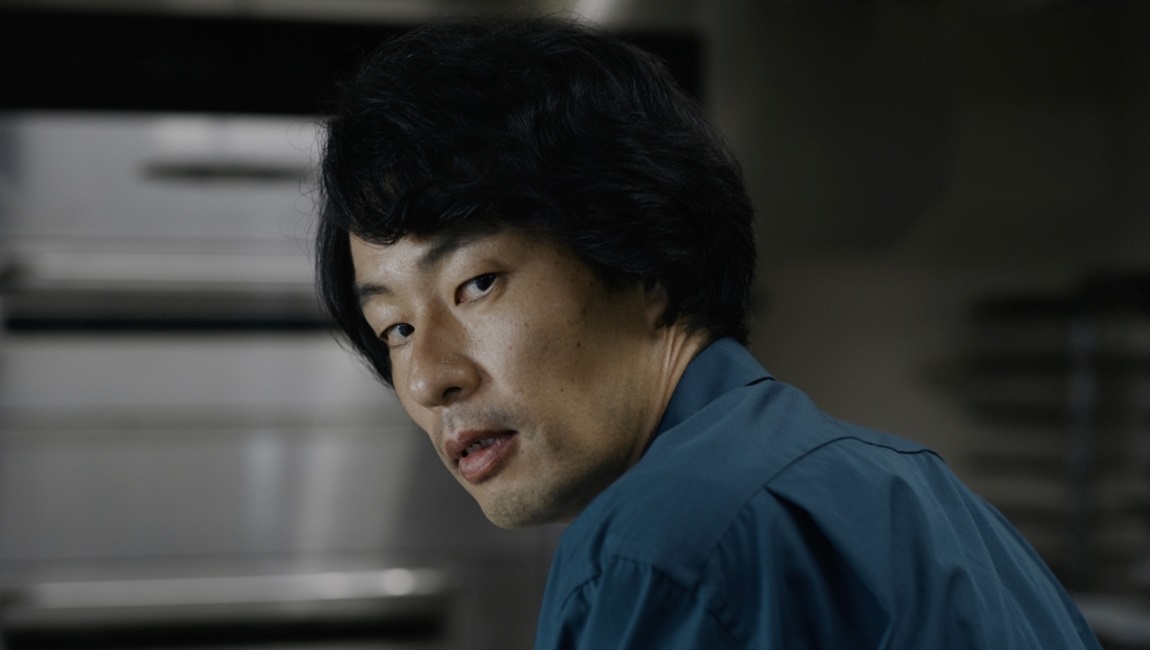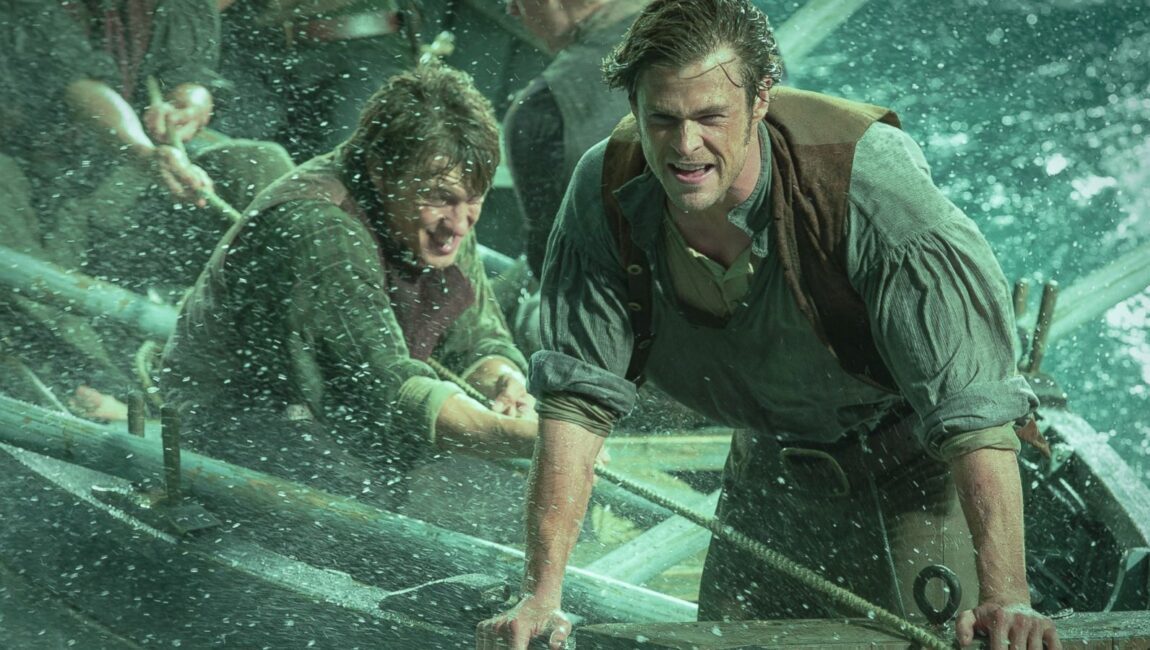It might be a little premature to have the “late style” conversation with regard to the highly prolific Kiyoshi Kurosawa, who turns 69 in July. But if we accept that a distillation of an artist’s previous style and preoccupations is at least part of what we have termed late style, it might be instructive to consider his latest, Chime, in this context. (It won’t be his latest for long, since he has two more projects due to premiere this year.) The 45-minute film both contrasts his most acclaimed works — Cure (1997), Pulse (2001), Tokyo Sonata (2008) — by running less than half their length, and also harkens back to his humble pinku eiga beginnings (1983’s Kandagawa Pervert Wars, which came in at a genre-typical 60 minutes).
Thematically, Chime finds Kurosawa covering familiar ground, and the film’s desolate moodscapes will similarly be recognizable for anyone with even a cursory knowledge of his past output. However, there is something particularly chilling about the oppressive mundanity here, a mundanity which Kōichi Furuya’s digital cinematography adds another layer of dread to. It’s a dreary madness that slowly begins seeping into the life of Takuji Matsuoka (Mutsuo Yoshioka), a culinary arts teacher, after a disturbed student (Seiichi Kohinata) kills himself during a class. But once again, in spite of references to a mysterious chime that gives the film its title, there is no clear source, no single perpetrator to be blamed for what unfolds.
The idea of a curse spreading like a social virus is a common one in Japanese horror, and Kurosawa himself has made use of it before. Chime does indeed form a triptych with Cure and Pulse, with the filmmaker even making direct reference to the former with a characteristically passionless, seemingly out-of-nowhere knife attack that takes place in a restaurant. The film is permeated by this kind of narcotized insanity, one that renders even physical violence unsettlingly dull. Where late style enters the picture is the formal and narrative purity with which Kurosawa takes on modern malaise. It may lack the autumnal moodiness and reflective considerations usually associated with the, admittedly, somewhat opaque term, but as far as getting to see a master strip his art down to its bare essentials, things don’t often get more “late style” than this.
In spite of its skeletal form and brief runtime, the film ends on a fascinating rupture: the audiovisual sterility suddenly gives way to a cacophonous score and grainy visual textures, while the chaotic handheld camera clashes with the fixed angles Kurosawa makes use of before. The previously ambient evil becoming tangible shifts, terrifyingly, within the realm of possibility and the suggestion of this malison being made concrete becomes overbearing. Appropriately, the final reel ends on a shot of Matsuoka’s house — the domestic as a site of pure evil. Kurosawa has been here before, but not since 2006’s Retribution has his vision felt this palpably haunted.
DIRECTOR: Kiyoshi Kurosawa; CAST: Mutsuo Yoshioka, Seiichi Kohinata, Hana Amano, Junpei Yasui; DISTRIBUTOR: Roadstead; STREAMING: May 13; RUNTIME: 45 min.







